Dewback
The dewback (Flicking: tokhehrii; Qartagonian: _INSERT_) is a species of giant lizards endemic to central Nioa. Highly adapted to arid environments, the dewback is known for its thick, scaly hide and hardy nature. They have long been domesticated by the dragonborn of Qartagonia, who use them as work animals and as a source of food and leather. Their resistance to heat and ability to retain water makes them dependable mounts and a vital means of transportation across the desert regions of their home continent.
Basic Information
Anatomy
Dewbacks are large, quadrupedal reptilian animals about the size of a large ox or aurochs. They stand at between 1.3 to 2.1 meters at the shoulder and can grow to 3 meters from tip to tail. Most adults weigh between 850 and 1000 kilograms, or about as much as a small rhinoceros. Wild dewbacks are generally smaller and leaner than their domesticated counterparts.
Dewback heads are low to the ground to facilitate for grazing. Wild dewback have a dewlap located under their jaw similar to iguanas to help regulate temperature, though this trait has been lost in most domesticated varieties. They have a set of small amber or yellow eyes and two sets of nostrils. These nostrils open and close in rhythm to help preserve moisture lost through breathing. Dewbacks have large fatty humps near their shoulders to help them survive in hot climates. Their feet each end in four, wide calloused digits, with each toe tipped with blunt claws. These claws are used mostly for digging although they can also be used for defense. Dewbacks also have long, muscular tails that drape behind them, leaving trails in their path.
Dewbacks get their name for their thick hides made of dense semi-ossified scales. Theses scales range in color from olive green to dusty brown or grey. Male dewbacks can change the color of the scales on their bellies, which is used in mating. Their tough composition helps reflect damaging solar radiation while still retaining enough heat to facilitate their ectothermic metabolism. Dewback scales are specially patterned to create grooves and crevices that trap moisture from the night air. Each morning, the accumulated water runs down the animal’s back as liquid water. Other members of the herd then lick the moisture off to hydrate themselves for the day.
Genetics and Reproduction
Dewbacks mate in the early spring, often migrating hundreds of kilometers to their ancestral mating grounds. Dewback herds are led to these mating grounds by the eldest member of their group. These mating grounds are typically found in either the lower foothills of the Shanindar Mountains or the coastal grasslands along the Lazuli Ocean. It is believed this is to ensure that the eggs remain at a relatively even temperature throughout their incubation period.
Upon reaching the mating grounds, male dewbacks attract females by rolling on their backs and changing the color of their bellies from a dull light grey or green to a vibrant blue. If the female is receptive to the male's display, the two male, with the male mounting the female. Dewbacks are oviparous, with females then laying a clutch of between five to six fist-sized eggs. The eggs are camouflaged to appear sandy brown. The eggs are buried in a mound by the females and then abandoned as the females return to their herds.
Dewback eggs incubate for about six months before hatching shortly after the first signs of significant autumn moisture. Upon hatching, young dewbacks are able to fend for themselves, though the majority are quickly picked off by predators.
Growth Rate & Stages
After hatching, young dewbacks live independently for the first three years of their lives. They grow rapidly, tripling in size each year until they are fully grown. Dewbacks reach adulthood and sexual maturity around their fourth birthday. Around this time, dewbacks will also begin seeking out nearby dewbacks to form a herd. These herds number anywhere from three to eight individuals and are led by the eldest dewback in the herd. Knowledge of watering holes, grazing pastures, and mating grounds appears to be internalized by all members of the herd so that should the eldest dewback die, the next eldest retains all of the leader's knowledge.
Ecology and Habitats
Dewbacks are perfectly adapted to life in the harsh conditions of the arid Nioan continent. Their metabolism is specifically designed to extract as much water out of their food as possible, allowing them to go for long periods without drinking so long as they are well fed. Additionally, their moisture-trapping scales and fatty humps enable the dewback to survive for up to five days without food.
While the prefer to live in lush grasslands and floodplains like those of the Niru Delta, large populations also call the Marrow Desert home. All dewbacks are migratory, moving from pasture to pasture as they seek out the best grazing material. Dewbacks actually excellent swimmers, with those living along the Niru River known to wallow with hippopotamus herds and even splash about playfully before basking on the riverbanks. Some dewbacks have been reported swimming through quicksand as well, though only through shallow deposits.
Dietary Needs and Habits
Dewbacks are omnivorous, spending much of their time searching out patches of grassland in the arid desert. While they are typically grazing animals, they are also known to dig for underground tubers and seek out rare desert fruits like jeqii gourds and black melons. Their teeth are designed to grind and rip tough plant material and the insides of their mouths are coarse and muscular to prevent thorny plants from piercing their tongues and throats.
Dewbacks also occasionally hunt smaller animals like rabbits, hoopoos, lizards, and large insects. These animals are often ambushed or quickly chased down by a sudden burst of speed. Niru River dewbacks have been observed hunting small fish by suddenly opening their mouths underwater like whales. Dewbacks also sometimes go after injured animals as a group, though this behavior is rare. Some have been known to eat infant dewbacks, though this appears to be a rare occasion.
Biological Cycle
Dewbacks migrate to ancestral mating grounds in the eastern foothills or western plains in early spring. They leave these mating grounds soon after and spend the rest of the year wandering in search of good grazing pastures and other sources of food and water. Dewbacks are said to be highly attuned to changes in moisture, often traveling out of their way to reach distant oases or places struck by sudden rainstorms. Dewback eggs are also highly attuned to changes in moisture level, generally waiting to hatch until just after an autumn storm.
Additional Information
Social Structure
Dewbacks typically live in small herds of between three and eight individuals. Solitary dewbacks are rare and often highly aggressive, seemingly unable for form relationships with others of their kind. While not as social as many mammal herds, dewbacks do form far closer bonds than many other lizards or reptile species. Their moisture grooming rituals help cement bonds between herd members and they are known to defend one another when under threat. Each herd is led by the eldest member of the group. Their knowledge of pastures, watering holes, and the ancestral mating grounds is shared with each member. Dewbacks do not mate for life but seem to form close friendships with one another. Some dewbacks have been noted as showing signs of grief after the loss of one of their herd, such as incessant braying but they do not show as much devotion as other more intelligent creatures like elephants or hippogriffs.
Domestication
Dewbacks have long been domesticated and many wild herds have interbred with domesticated dewbacks, leading to the wild population becoming more docile towards mortals. Domesticated dewbacks are generally larger and have deeper scale coloration. Most lack the dewlap found in some isolated population as well as ancestral crests and ornamental osteoderms used in mating displays. Domesticated dewbacks are also more gentle and have lost much of their predatory instincts. They are comfortable around other domesticated animals, such as camels, though many of these creatures remain wary of the large lizards.
Uses, Products & Exploitation
Dewbacks fill many important roles in the societies of Nioa. They are most often seen as beasts of burden, where they compete for jobs with the camel, another domesticated desert specialist. In general, dewbacks are preferred for hard labor or transporting heavier loads than camels, filling the job of an ox or draft horse. By comparison, camels are much faster and better able to withstand rapid temperature changes brought on by nightfall. For these reasons, dewbacks are often preferred by farmers and other sedentary populations while camels are more often used by merchants, trading caravans, and military personnel.
Dewbacks are also bred and raised for their hides and meat. Dewback leather is tough, thick, and water repellent, making it an excellent alternative to traditional leather or wool. It is used by many warriors and the Qartagonian military as a part of the standard armor kit of the Qartagonian Emirates. Dewback meat is eaten throughout the region as a lean reptilian alternative to beef or lamb. Its said to have a slightly smokey flavor and is often cooked with various spices and sauces to bring out this grilled flavor. The meat is extremely low in fat, as almost all of a dewback's fat is stored in their hump. Dewback fat is used in cooking as well and is considered an important ingredient in many of the richest Qartagonian dishes.
Symbiotic and Parasitic organisms
The dewback's large size makes them a tempting target for desert stirges. These aerial parasites locate dewbacks at night by sensing the heat they radiate off their bodies while sleeping in the frigid desert. Upon finding a dewback, the stirge will pierce onto the animal's hide and suck out its blood for sustenance. However, unlike other smaller parasites, the stirge must leave before the herd wakes for their morning grooming. Another member of the herd may notice the stirge and suddenly snatch the parasite for an unexpected breakfast treat.
Civilization and Culture
History
Dewbacks are believed to have been first domesticated by the dragonborn settlers of the Niru River's Upper Cataracts sometime during the late The Mithril Era or Second Intermediate Period. Some have argued that the creature's immense size and lack of direct common ancestors suggests a unnatural origin for the creature. These theories point to the Temekanians and their long tradition of magical biological augmentation. This hypothesis draws comparisons to the toraton, a species of gigantic tortoises whose anatomy was manipulated to allow them to grow to enormous sizes and carry immense loads for the Temekanian Empire. However, little textual or archaeological evidence exists to support this theory, with no accounts of giant lizards appearing in any Temekanian documents.
Dewbacks were largely ignored by the dominant states of the Palladian Era, with the animal being captured for use in gladiatorial combat by the Palladian Empire. However, the creature's cultural importance to the enslaved dragonborn of the region caused many in the Palladian government to call for the animal to be hunted to near extinction. No such plan was ever enacted, likely because of the difficulty involved in tracking and killing so many large animals in such an inhospitable environment.
Following the Sundering Arcana, the dragonborn of Qartago rebelled and used their knowledge of dewback domestication to quickly assemble a small but potent force of mounted dewback warriors. These cavalry units were able to attack Palladian installations and then swiftly retreat into the Marrow Desert. Their hit and fade tactics eventually broke down Palladian control of much of central Nioa and enabled a newly formalized Qartagonian military to sweep across the Marrow Desert, conquer the Mashiq, and nearly take the Palladian capital of Iskendra.
Since then, the domestic population of dewbacks has swelled dramatically. Some are now kept by the mysterious Marrowmen alongside sunblessed scarabs while others been exported to Savia and the Amberfall Emirate. Today, the dewback has become an important part of everyday life, not just for the dragonborn but for many mortal settlements and societies across Nioa.
Origin/Ancestry
Nioan
Lifespan
50 years
Average Height
1.3 to 2.1 m. (4-6 ft.)
Average Weight
850-1000 kg. (1874-2204.6 lbs.)
Average Length
3 m. (9 ft. 10 in.)
Body Tint, Colouring and Marking
Olive green to sandy brown to light grey
Geographic Distribution
Related Ethnicities
A herd / a glinting of dewbacks
Dewbacks are highly adapted to life in arid conditions

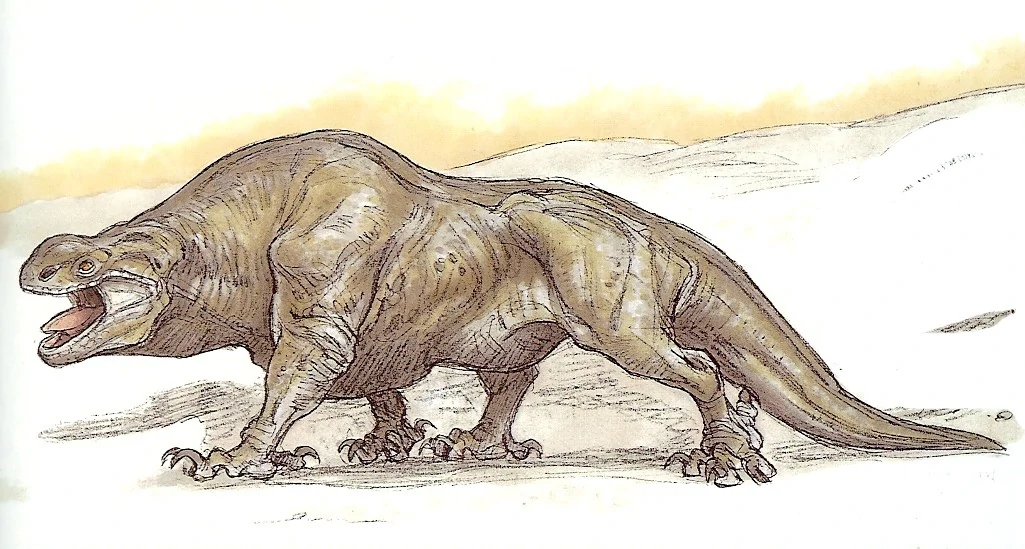
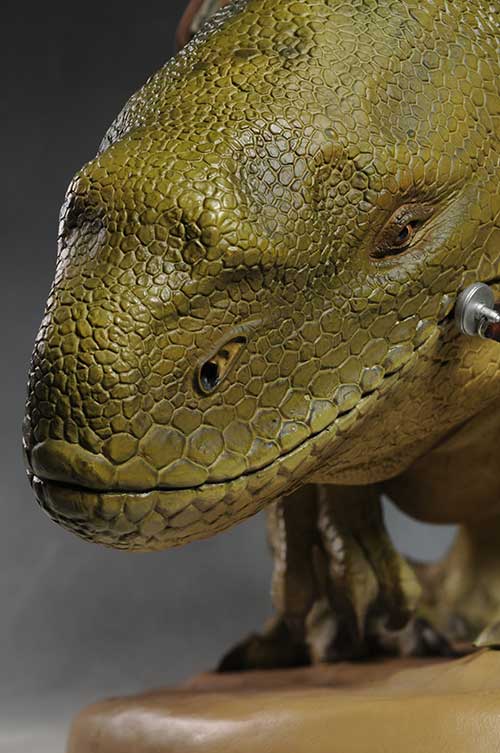
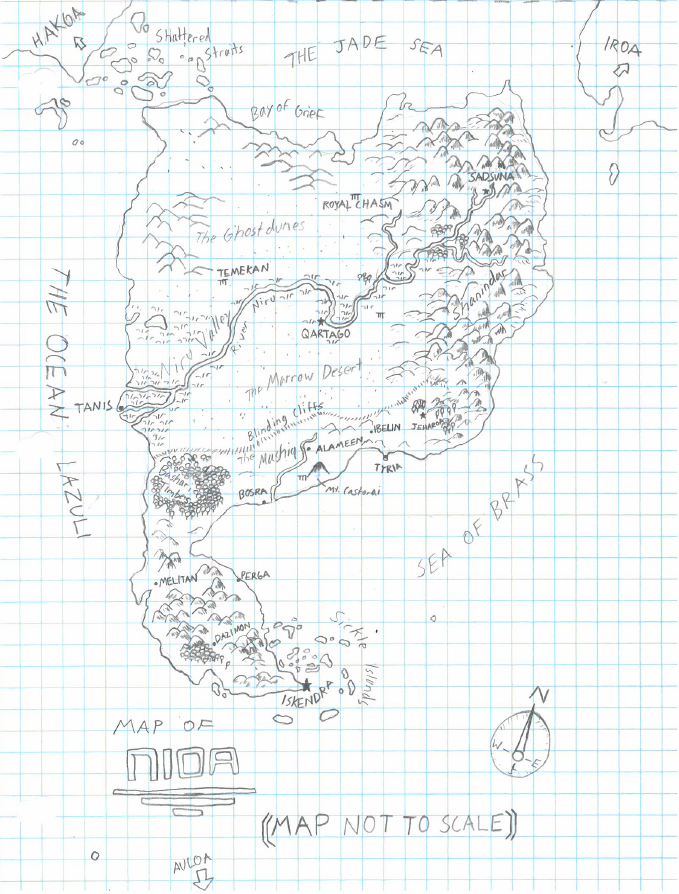
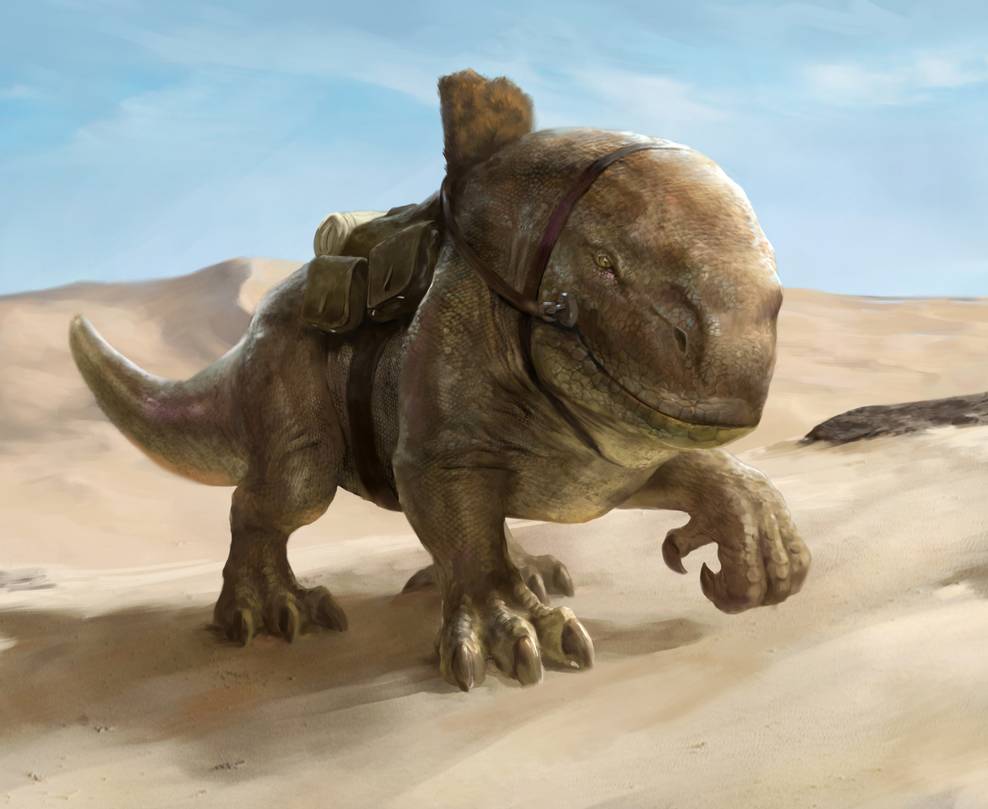
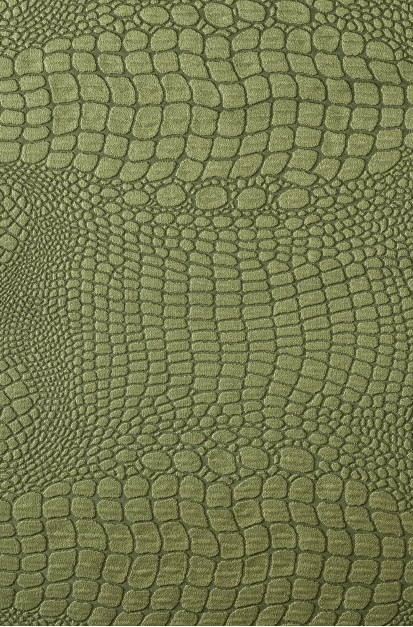
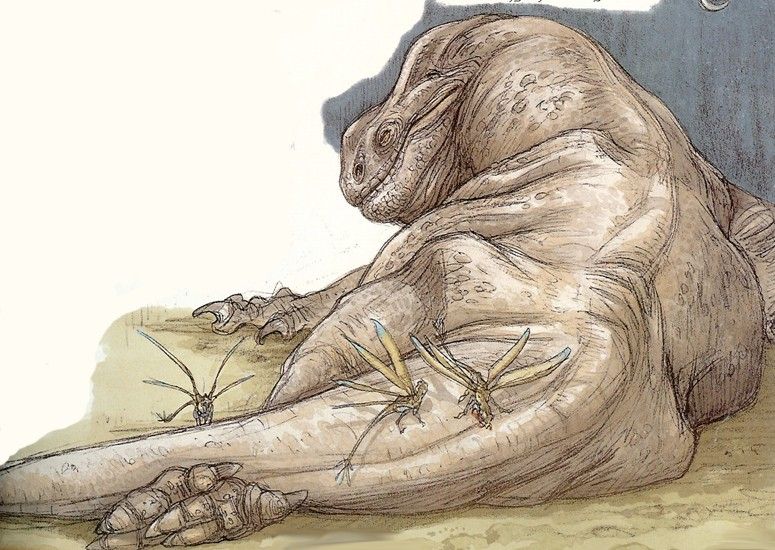
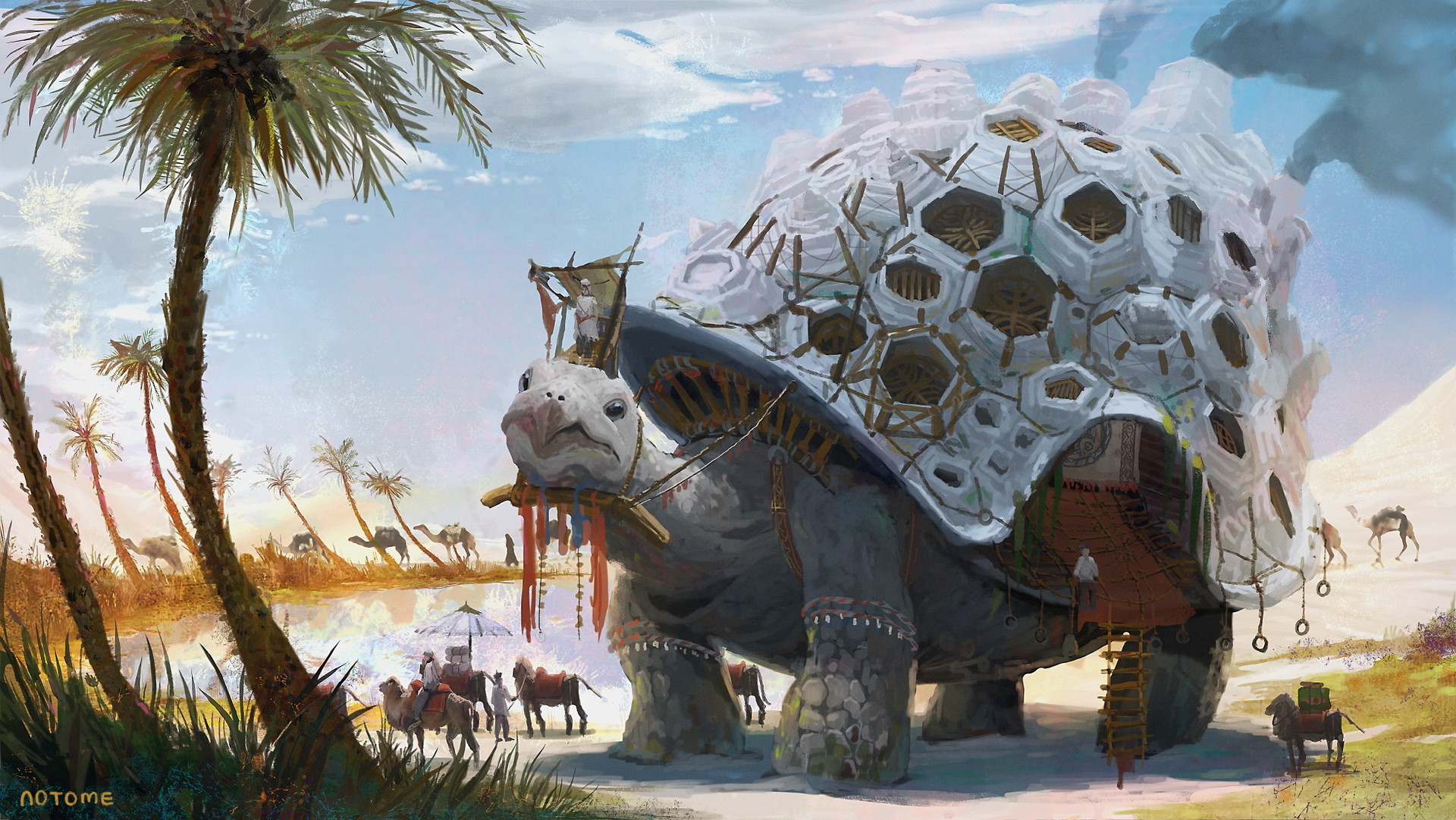
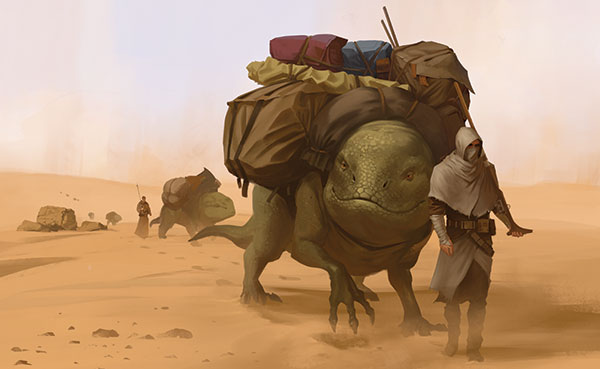
Comments